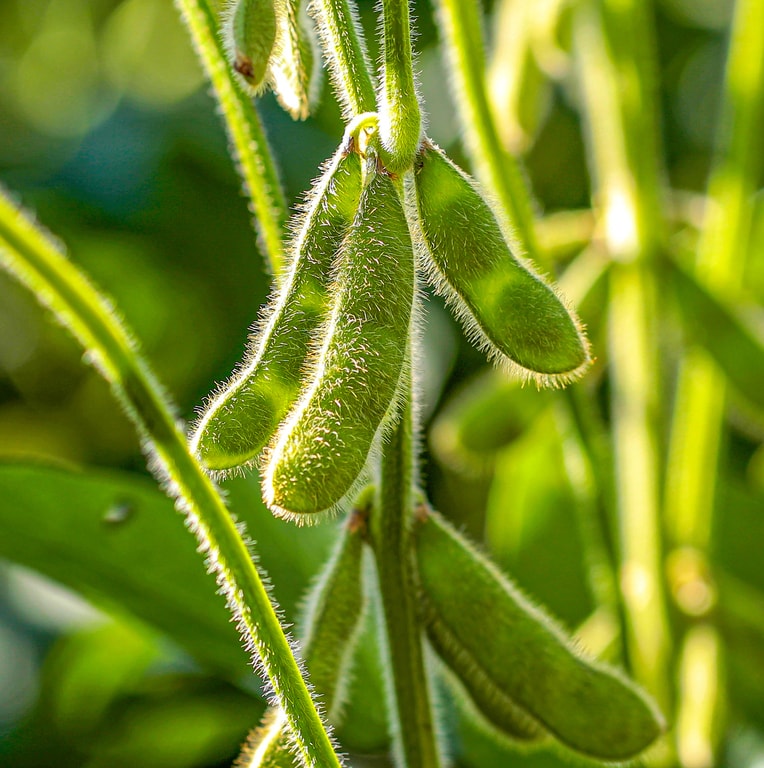Resources
Soybean Best Management Practices
Soybeans are one of the most widely farmed and produced crops throughout North America and the world. Although honey bees are not essential to soybean production, they commonly visit soybean fields for forage and studies show that pollination results in increased soybean yield.
The practices soybean farmers utilize can affect honey bee health. Given this, the Honey Bee Health Coalition has worked with a broad array of its members, stakeholders, and growers to develop best management practices to help protect honey bees and other pollinators in and around soybean fields.
This document presents best management practices — from pre-planting planning to harvest to the use of cover crops, post-harvest — for conserving and promoting the health of pollinators, particularly managed honey bees, in conjunction with soybean production. The recommendations attempt to identify potentially negative impacts of soybean agricultural practices on bees at each stage of soybean production and suggest strategies to mitigate these impacts without negatively affecting farmers’ bottom lines. These practices should be treated as recommendations that complement pesticide label instructions.

Protecting pollinators and honey bees in soybean growing areas includes the following practices:
- Communicate: Open lines of communication between growers and beekeepers can help both parties understand each other’s concerns and help ensure healthy pollinator populations remain viable. Many states have implemented Managed Pollinator Protection Plans (MP3s) or similar programs to facilitate this communication. Other resources include state-based registries for apiary location which show pesticide applicators where honey bees are located. Farmers and applicators can contact their state or local department of agriculture, state apiarist, or similar organization to find out the best methods for contacting nearby beekeepers, but beekeepers also should take measures to make sure nearby farmers are aware of their operations.
- Think before you spray: Use integrated pest management (IPM) approaches that reduce unneeded or poorly-timed pesticide applications. Be aware that pesticides, especially several commonly used insecticides, can kill bees and other pollinators.
- Always follow the label and check for updates: When applying pesticides, always follow label instructions. Doing otherwise is a violation of the law.
- Provide food and water: Improve food and water resources for bees by providing habitat that includes flowering plants (e.g., in field margins, riparian buffers, terraces, etc.), avoiding pesticide exposure to non-target plants and water sources that bees use for food and hydration, and by cleaning up pesticide spills.
- Check for updates: Use extension agents, technology providers, and crop/beekeeping advisers to keep up to date on developing research, best management practices, and label language. All of which are evolving.
Please note: The label is the law, and it is a violation to apply pesticides contrary to label instructions and warnings. Voluntary adoption of best management practices can help further mitigate harmful effects on managed honey bees.